Installation requirements and precautions for hydraulic pipelines, hydraulic components and auxiliary components in hydraulic systems
2023-10-26The installation of the hydraulic system, including the installation of hydraulic pipelines, hydraulic components, auxiliary components, etc., is essentially to connect the various units or components of the system through fluid connectors (general name for oil pipes and joints) or hydraulic manifolds to form a circuit. This article shares the installation requirements and precautions for hydraulic pipelines, hydraulic components, and auxiliary components in hydraulic systems.
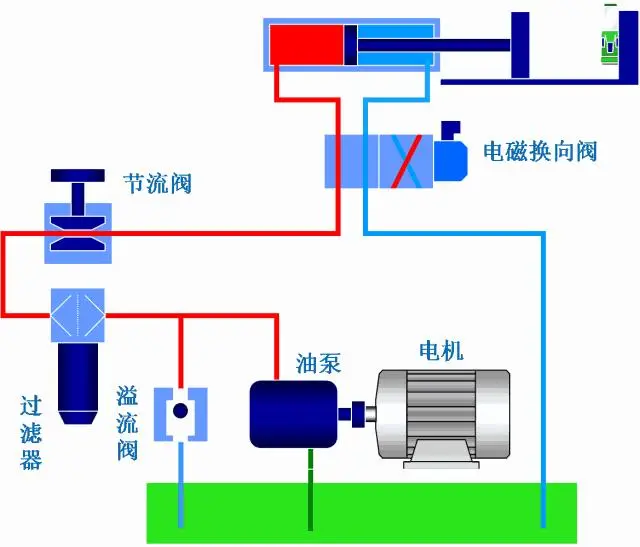
According to the connection form of hydraulic control components, it can be divided into: integrated type (hydraulic station type); decentralized type. Both forms need to be connected via fluid connections.
1.Installation of hydraulic components
The installation and specific requirements of various hydraulic components. Hydraulic components should be cleaned with kerosene during installation. All hydraulic components must undergo pressure and sealing performance tests. After passing the test, installation can begin. Various automatic control instruments should be calibrated before installation to avoid accidents caused by inaccuracies.
The installation of hydraulic components mainly refers to the installation of hydraulic valves, hydraulic cylinders, hydraulic pumps and auxiliary components.
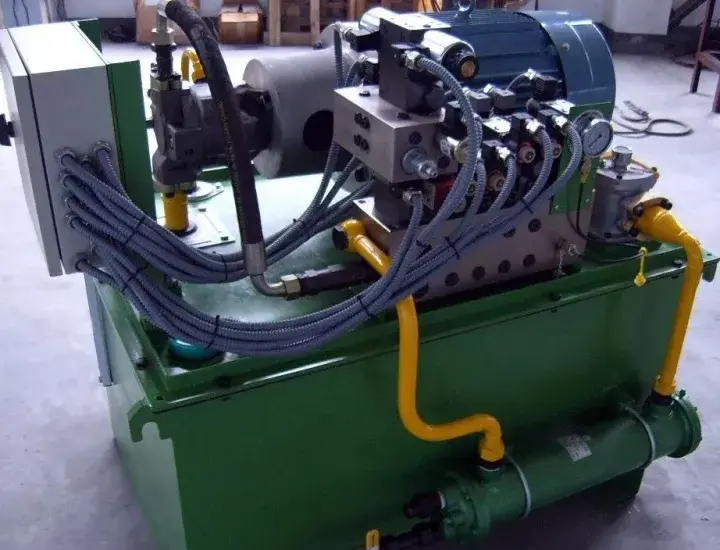
2. Installation and requirements of hydraulic valves
Before installing hydraulic components, the unpacked hydraulic components must first check the certificate of conformity and review the instructions. If it is a qualified product with complete procedures, and it is not a product that has been stored in the open air for a long time and has been corroded internally, no additional testing is required and is not recommended. It can be disassembled and assembled directly after cleaning.
If a malfunction occurs during the test run, the components should be disassembled and reassembled only when the judgment is accurate and necessary. Especially for foreign products, random disassembly and assembly are not allowed to avoid affecting the accuracy of the product when it leaves the factory.
Pay attention to the following when installing hydraulic valves:
1) When installing, pay attention to the position of the oil inlet and return port of each valve component.
2) If the installation location is not specified, it should be installed in a location that is convenient for use and maintenance. Generally, the directional control valve should be installed with the axis horizontal. When installing the reversing valve, the four screws should be tightened evenly, usually in groups of diagonals and gradually tightened.
3) For valves installed with flanges, the screws cannot be over-tightened. Over-tightening may sometimes cause poor sealing. If the original seal or material cannot meet the sealing requirements, the form or material of the seal should be replaced.
4) For the convenience of manufacturing and installation, some valves often have two holes with the same function, and the unused one must be blocked after installation.
5) Valves that need to be adjusted usually rotate clockwise to increase flow and pressure; rotate counterclockwise to decrease flow or pressure.
6) During installation, if some valves and connecting parts are not available, it is allowed to use hydraulic valves with a flow rate exceeding 40% of their rated flow.
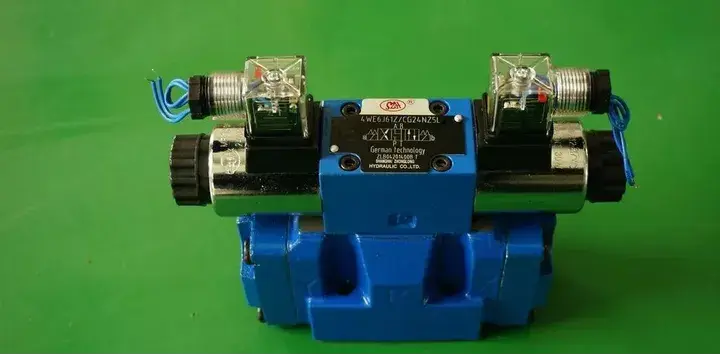
3. Installation and requirements of hydraulic cylinder
The installation of the hydraulic cylinder must be reliable. There should be no slack in piping connections, and the mounting surface of the cylinder and the sliding surface of the piston should maintain sufficient parallelism and perpendicularity.
Pay attention to the following when installing a hydraulic cylinder:
1) For a mobile cylinder with a fixed foot base, its central axis should be concentric with the axis of load force to avoid causing lateral forces, which can easily cause seal wear and piston damage. When installing the hydraulic cylinder of a moving object, keep the cylinder parallel to the direction of movement of the moving object on the guide rail surface.
2) Install the sealing gland screw of the hydraulic cylinder block and tighten it to ensure that the piston moves and floats during the full stroke to prevent the influence of thermal expansion.
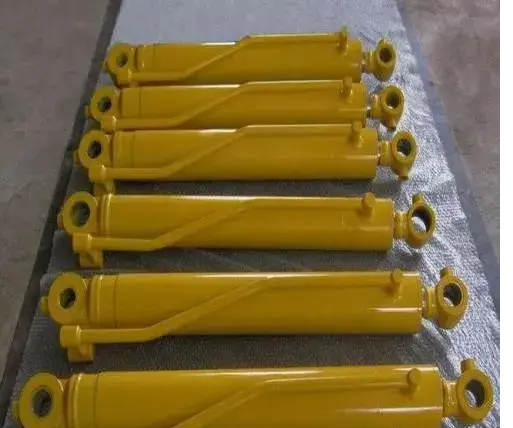
4. Installation and requirements of hydraulic pump
When the hydraulic pump is arranged on a separate tank, there are two installation methods: horizontal and vertical. Vertical installation, pipes and pumps are inside the tank, making it easy to collect oil leakage and the appearance is neat. Horizontal installation, the pipes are exposed outside, making installation and maintenance more convenient.
Hydraulic pumps are generally not allowed to bear radial loads, so electric motors are commonly used to drive directly through elastic couplings. During installation, it is required that the shafts of the motor and the hydraulic pump should have high concentricity, their deviation should be less than 0.1mm, and the inclination angle should not be greater than 1° to avoid adding extra load to the pump shaft and causing noise.
When belt or gear transmission is necessary, the hydraulic pump should be allowed to remove radial and axial loads. Hydraulic motors are similar to pumps. Some motors are allowed to bear a certain radial or axial load, but it should not exceed the specified allowable value. Some pumps allow higher suction heights. Some pumps stipulate that the oil suction port must be lower than the oil level, and some pumps without self-priming capability require an additional auxiliary pump to supply oil.
Pay attention to the following when installing a hydraulic pump:
1) The inlet, outlet and rotation direction of the hydraulic pump should comply with the requirements marked on the pump, and should not be connected reversely.
2) When installing the coupling, do not hit the pump shaft hard to avoid damaging the pump rotor.
5. Installation and requirements of auxiliary components
In addition to fluid connections, auxiliary components of the hydraulic system also include filters, accumulators, coolers and heaters, sealing devices, pressure gauges, pressure gauge switches, etc. Auxiliary components play an auxiliary role in the hydraulic system, but they cannot be ignored during installation, otherwise they will seriously affect the normal operation of the hydraulic system.
Pay attention to the following when installing auxiliary components:
1) Installation should be carried out in strict accordance with the design requirements and attention should be paid to neatness and beauty.
2) Use kerosene for cleaning and inspection before installation.
3) When meeting the design requirements, consider ease of use and maintenance as much as possible.
